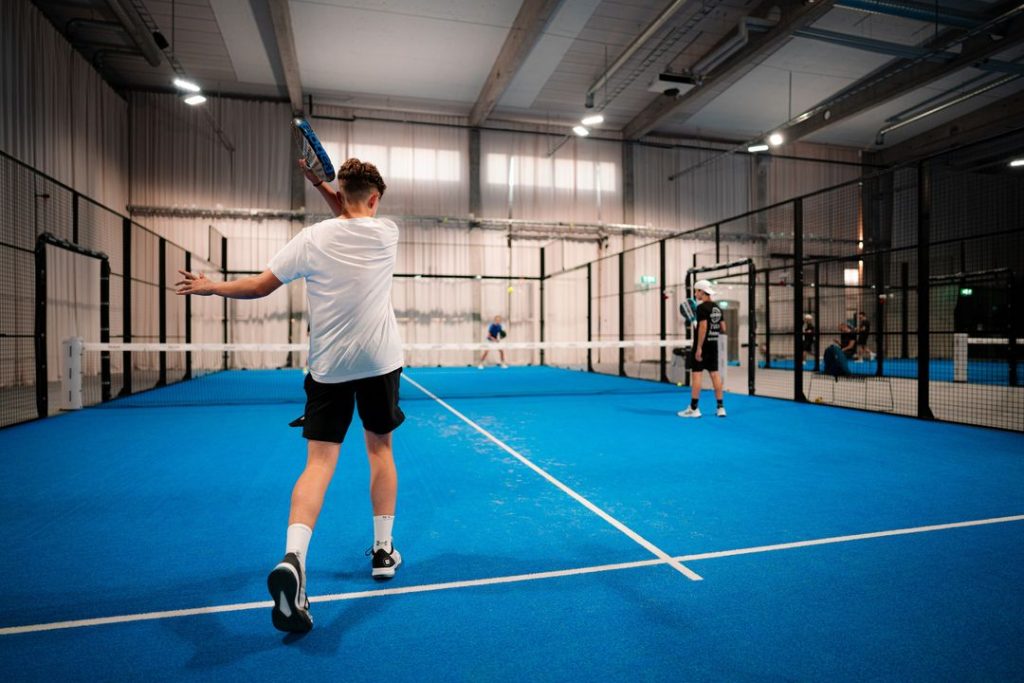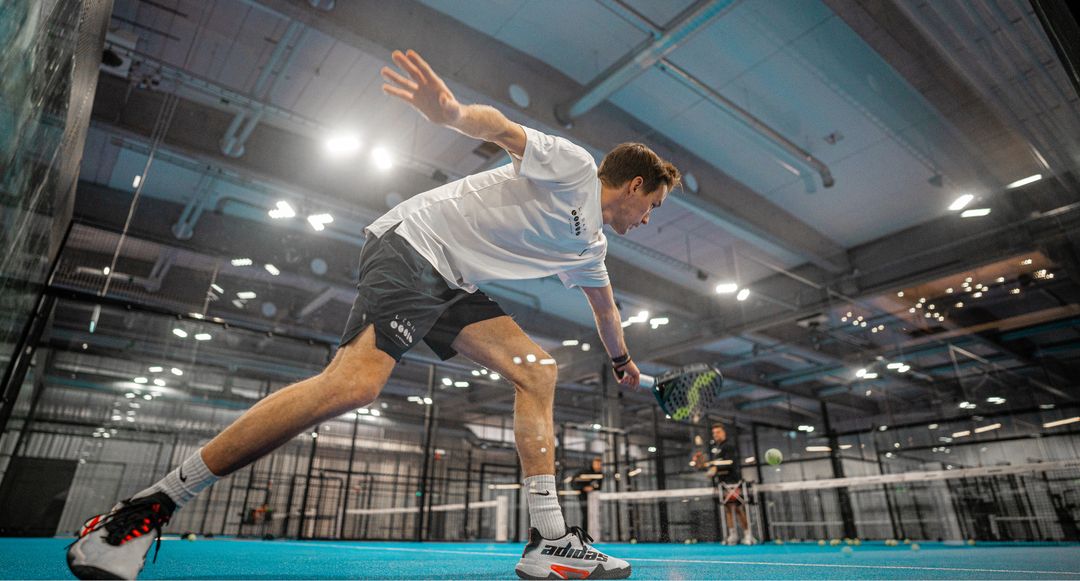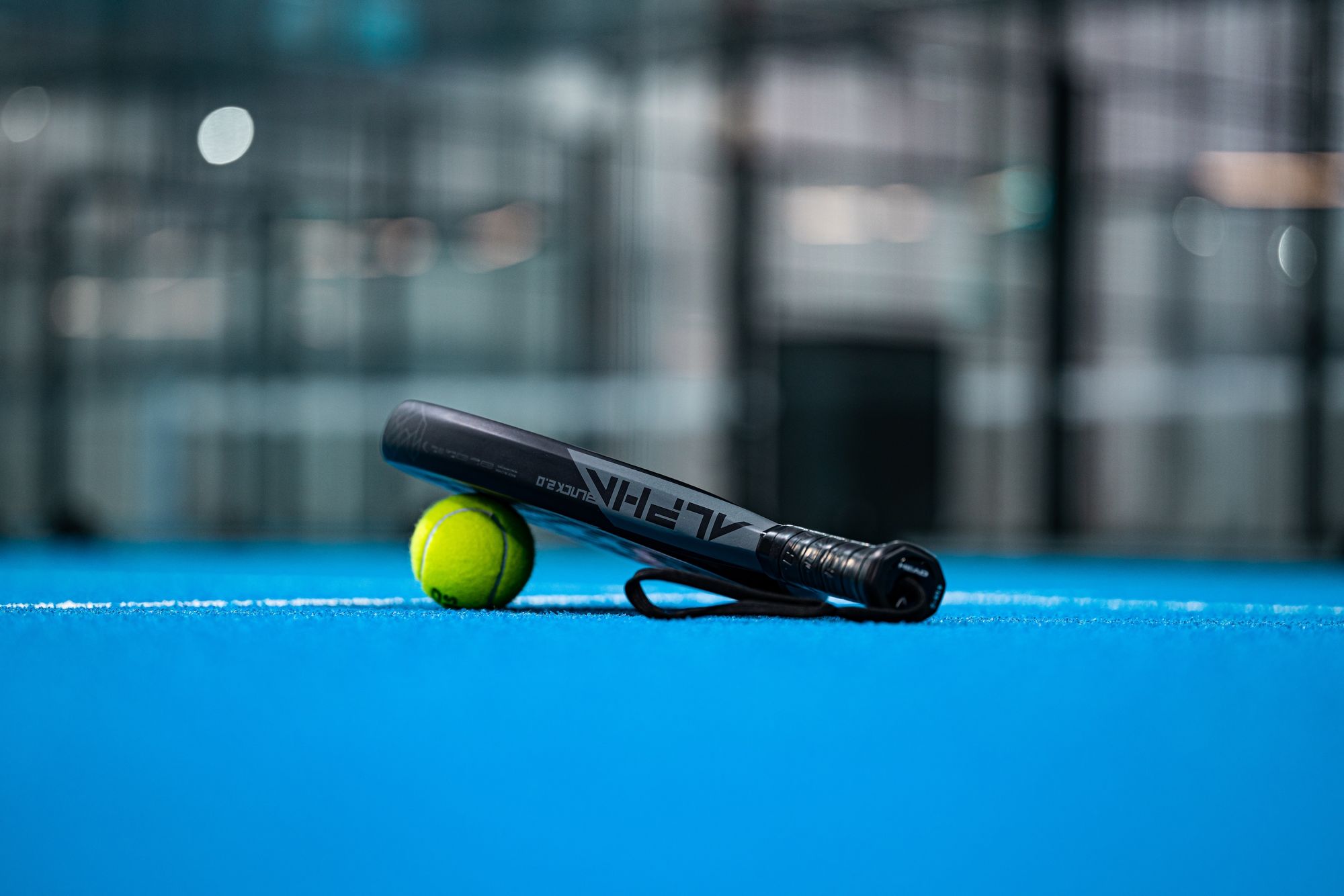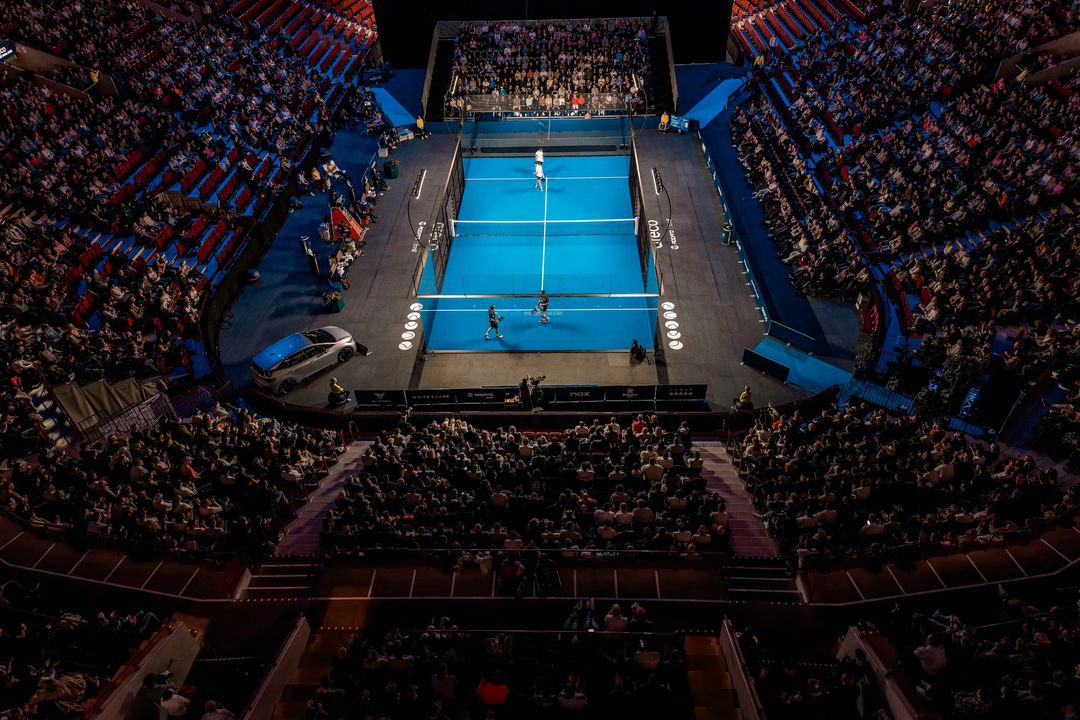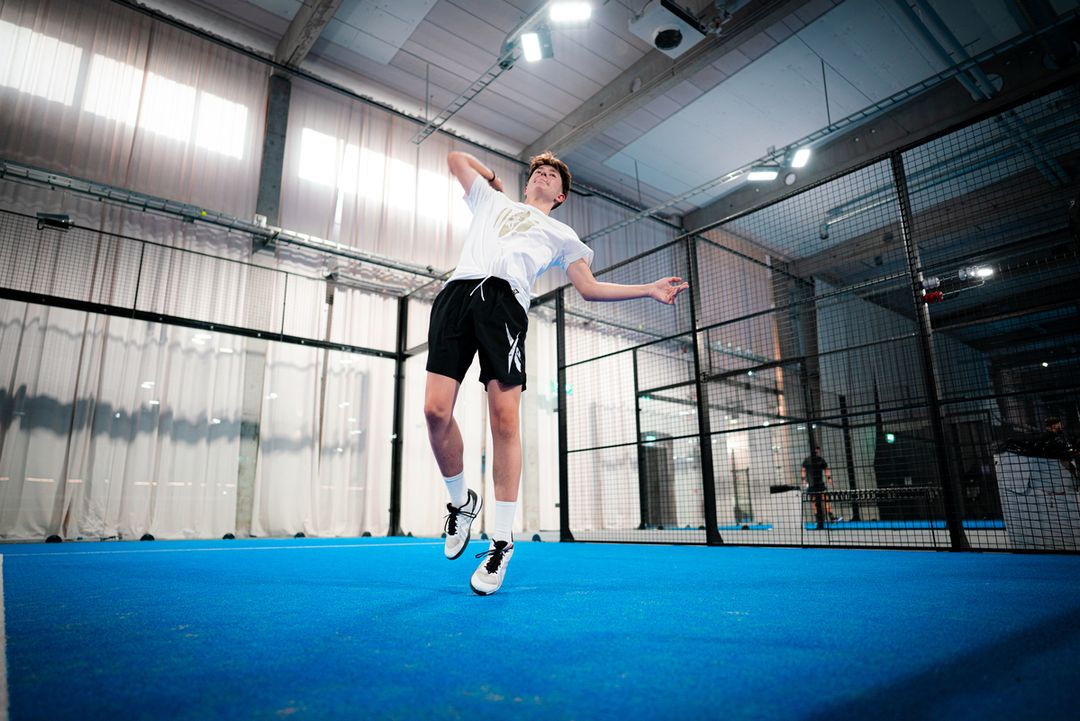Padel, a sport that blends tennis and squash, is rapidly gaining popularity. Its accessible nature makes it appealing to newcomers, including those transitioning from tennis or seeking a fun, social activity. However, like any sport, padel has its nuances, and beginners often fall into common traps that hinder their progress. Mastering padel requires more than just athleticism; it demands understanding strategy, technique, and court awareness. This blog post highlights six frequent mistakes beginners make, offering insights and tips to elevate your game and ensure you enjoy the padel experience to the fullest.
We’ll explore issues like overzealous power, neglecting the net, improper racquet preparation, ignoring the walls, poor footwork, and a lack of formal instruction. By recognizing and addressing these pitfalls, you can accelerate your learning curve, improve your performance, and ultimately, have more fun on the court.
Playing Too Hard and Fast
One of the most common beginner mistakes is equating power with skill. Many newcomers, eager to impress or win points quickly, swing with maximum force on every shot. While this approach might occasionally result in a spectacular winner, it often leads to inconsistency and unforced errors. As the article states, “Beginners have yet to develop the control and technique needed to consistently direct hard shots within the court’s boundaries, so it makes sense to swing for the fences with every shot.”
Focusing solely on power sacrifices accuracy and control. Shots go long, wide, or into the net, handing easy points to your opponent. Skilled players will exploit this tendency, using controlled shots and strategic placement to force errors and create openings. Instead of trying to overpower the ball, concentrate on developing a smooth, controlled swing. Emphasize placement and spin, aiming to keep the ball in play and forcing your opponent to move. Only increase the pace when you have a clear opportunity to attack or finish a point.
Remember, padel is a game of patience and strategy. A well-placed, moderate-paced shot is often more effective than a powerful one that lands out of bounds. Learning to control your power and prioritize accuracy is a crucial step towards becoming a more consistent and successful padel player. As you improve, you’ll naturally develop the ability to generate power without sacrificing control.
Neglecting the Net Game
The net is a crucial strategic position in padel, offering a significant advantage in controlling the point. Beginners often shy away from the net, preferring to stay near the baseline. This reluctance stems from unfamiliarity with volleying techniques and a fear of being lobbed over. However, neglecting the net severely limits your offensive options and puts you at a disadvantage. The article emphasizes, “Net = Prime Scoring Goal Zone, This formula is something you need to embed into your soul so you don’t overlook it.”
Playing close to the net allows you to volley aggressively, intercept shots, and put pressure on your opponents. From this position, you can dictate the pace of the rally and create scoring opportunities. While mastering volleying techniques takes practice, it’s essential to start incorporating net play into your game. Work on your volley technique, focusing on keeping your racquet head up and using a short, compact swing. Practice moving forward to the net after your shots, closing the gap and putting yourself in a more advantageous position.
Don’t be afraid to experiment with different net strategies, such as poaching (intercepting shots intended for your partner) and using angled volleys to create difficult angles for your opponents. Remember, the net is your ally in padel. By embracing net play and developing your volleying skills, you’ll significantly improve your ability to win points and control the game.
Improper Racquet Preparation
In padel, as in many racquet sports, proper preparation is key to executing effective shots. A common mistake among beginners is failing to prepare the racquet early enough. This results in rushed swings, poor contact, and a lack of power and control. As the article notes, “Keep your eyes on the ball and train your muscles to make adjustments to your grip on your racquet as you clock the receiving shot!”
Early racquet preparation involves recognizing the incoming shot, adjusting your grip accordingly, and positioning your racquet behind you in a ready position. This allows you to generate power and maintain balance throughout your swing. A proper grip is crucial for controlling the racquet face and imparting spin on the ball. Experiment with different grips to find what feels most comfortable and allows you to execute various shots effectively. A two-handed grip is secure, allowing for better leverage when you connect with the ball and reducing mistakes while in play.
Furthermore, it’s important to keep your arms up and be alert, anticipating the next shot. Dropping your arms or relaxing your grip between shots can leave you unprepared for a quick return. By focusing on early racquet preparation, you’ll improve your reaction time, generate more power, and increase your shot accuracy.
Ignoring the Walls
One of the defining features of padel is the use of the surrounding walls. Unlike tennis, where the ball must bounce only once, padel allows the ball to bounce off the walls before being returned. This adds a unique strategic dimension to the game, but beginners often neglect to utilize the walls effectively. The article aptly states, “Tennis players, you make this mistake as a beginner padel player more often than not! You forgot to take advantage of the walls that enclose the court.”
Learning to anticipate and play shots off the walls opens up a wide range of tactical possibilities. You can use the walls to extend rallies, create angles, and surprise your opponents. Practice judging the ball’s trajectory after it hits the wall and adjusting your position and swing accordingly. Experiment with different wall shots, such as defensive lobs that bounce high off the back wall or angled volleys that create difficult angles for your opponents.
Utilizing the walls effectively requires patience and practice. It’s not always easy to predict how the ball will bounce, but with experience, you’ll develop a feel for the game’s unique dynamics. Embrace the walls as your partners, and you’ll gain a significant strategic advantage on the court.
Poor Coordination and Footwork
Agile footwork and good coordination are essential for moving efficiently around the court and positioning yourself to hit effective shots. Beginners often rely on brute force and neglect the importance of proper footwork. They may lunge awkwardly at the ball, compromising their balance and control. The article emphasizes the importance of coordination, stating, “Just because you lunge and hit the shot doesn’t mean much; you need finesse, and that is how coordinated shots come into play.”
Develop agile footwork by practicing drills that focus on quickness, balance, and coordination. Side shuffles, lunges, and cross-over steps are all valuable exercises for improving your footwork on the padel court. Pay attention to your posture and maintain a low center of gravity, which will allow you to move more quickly and efficiently. Coordinate your footwork with your racquet preparation and swing. Make sure you’re in a balanced position before you hit the ball, allowing you to generate power and maintain control.
Good footwork is not just about speed; it’s also about positioning. Learn to anticipate your opponent’s shots and move proactively to the best possible location on the court. By developing agile footwork and improving your coordination, you’ll be able to reach more balls, hit better shots, and control the game more effectively.
Lack of Formal Instruction
While it’s possible to learn the basics of padel by simply playing, seeking formal instruction can significantly accelerate your progress and prevent the development of bad habits. Beginners often rely on trial and error, which can lead to ingrained flaws in their technique and strategy. The article stresses the importance of proper instruction, stating, “You need your moves and techniques assessed and professionally critiqued so you don’t pick up poor posture or form while in play.”
A qualified padel coach can provide personalized feedback on your technique, identify areas for improvement, and help you develop a sound strategic approach. They can also introduce you to drills and exercises that will enhance your skills and address your specific weaknesses. Even a few lessons with a professional can make a noticeable difference in your game.
In addition to coaching, there are many online resources available, such as instructional videos and articles. These resources can supplement your coaching and provide you with valuable insights into the game. By combining formal instruction with self-study, you’ll be well-equipped to learn the fundamentals of padel and progress to a higher level of play.
Conclusion
Avoiding these common beginner mistakes is crucial for enjoying and excelling in padel. From reigning in excessive power and embracing net play to mastering the walls and refining footwork, each element contributes to a more well-rounded game. Remember, the key to improvement lies in recognizing these pitfalls and actively working to correct them.
Padel is not just about physical prowess; it’s also about strategy, technique, and court awareness. A combination of formal instruction and self-learning will help you hone your skills and develop a personalized playing style. Take advantage of resources like coaches, online videos, and articles to gain a deeper understanding of the game. As you progress, focus on developing consistency, control, and strategic thinking.
By addressing these common errors and continually seeking improvement, you’ll transform from a novice to a confident and competitive padel player, ready to enjoy the challenges and camaraderie that this exciting sport offers. Embrace the journey, stay patient, and remember that every mistake is an opportunity to learn and grow. So, get out on the court, put these tips into practice, and elevate your padel game to the next level!

